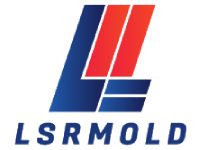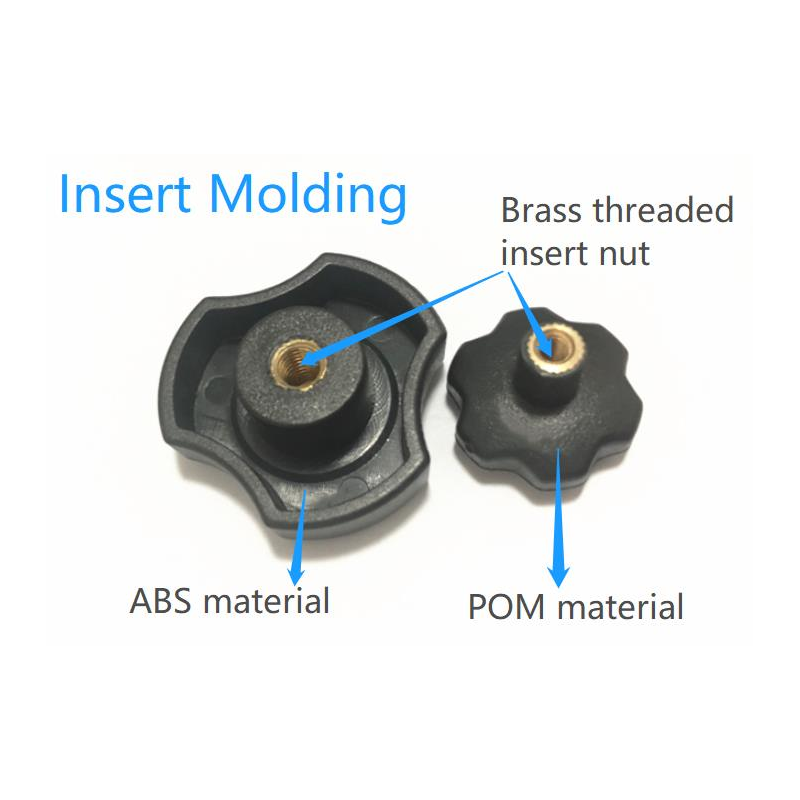Insert molding is an advanced and highly precise manufacturing process that integrates pre-made components, such as metal or plastic inserts, into a mold cavity. These components are then surrounded by molten plastic, which solidifies to form a single, cohesive part that combines the benefits of both the insert and the plastic material. This process is especially valuable in producing strong, durable, and functional parts used in various industries, including automotive, medical devices, and electronics.
At LSRmold, we specialize in delivering high-quality insert molded products tailored to meet the unique needs of our clients. In this blog post, we will explore the key factors that must be considered during an insert molding project, from design and material selection to mold preparation and process optimization. By understanding these critical aspects, you can ensure the success of your insert molding project and achieve the desired product quality.
1. Design Considerations for Insert Molding
The design phase is crucial to the success of any insert molding project. The insert design must be compatible with both the mold design and the injection molding process to achieve optimal results. Here are a few key points to consider during the design phase:
Insert Shape and Size: The insert’s geometry should align with the mold design to ensure proper placement and functionality. It is essential to ensure that the insert fits within the mold cavity securely without any interference that could lead to molding defects.
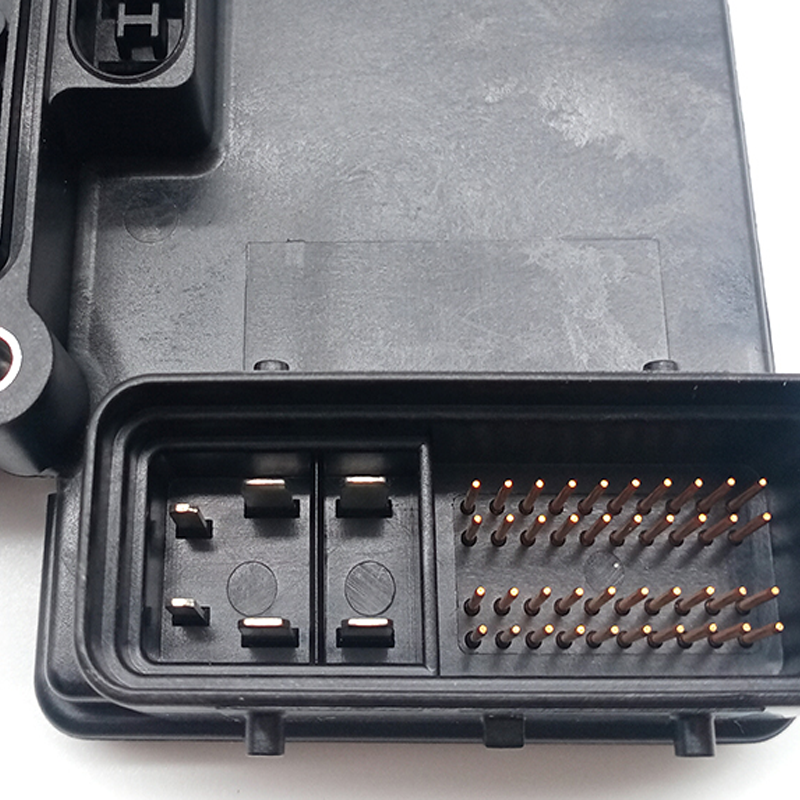
Draft Angles and Clearances: To facilitate easy insertion and removal of the insert from the mold, the insert must have appropriate draft angles and clearances. Draft angles help reduce friction and allow for smooth removal from the mold, while clearances ensure that there is adequate space between the insert and mold surfaces.
Surface Finishes: The surface finish of the insert plays an important role in ensuring smooth operation during the molding process. A proper finish helps to prevent the insert from scratching or damaging the mold components during production.
Insert Positioning: Proper orientation and placement of the insert within the mold cavity are crucial. Misalignment can cause uneven flow of molten material, resulting in defects such as voids, warping, or sink marks. Ensuring the insert is securely positioned and aligned optimizes the flow of plastic material around it.
2. Material Selection for Inserts
Selecting the right material for the insert is equally important to the overall performance and quality of the final molded part. The material chosen must be compatible with the plastic material used in the injection molding process. When selecting materials, consider the following factors:
Thermal Expansion: If the insert is made from plastic, it is critical to ensure that the coefficient of thermal expansion (CTE) of the insert is similar to that of the surrounding plastic. Disparities in CTE can lead to warping or cracking of the finished part during the cooling process. For metal inserts, this is generally less of a concern, as metals tend to have more predictable thermal properties.
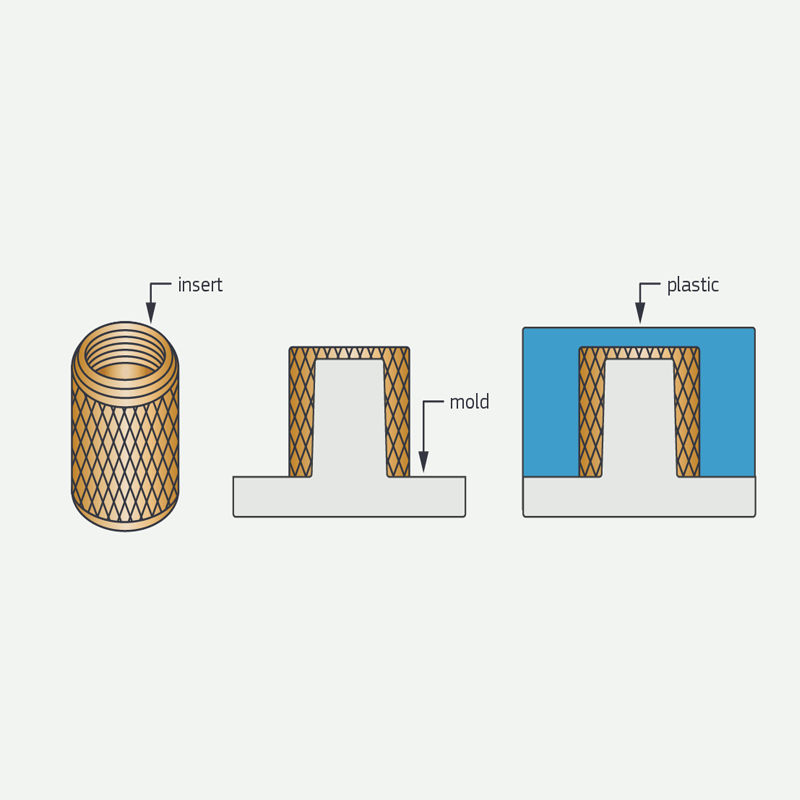
Durability: The insert material should be durable and able to withstand the mechanical stresses that the finished part will encounter during use. For automotive applications, for instance, metal inserts such as brass or aluminum are often used for added strength.
Corrosion Resistance: When using metal inserts, it’s important to consider factors such as oxidation and corrosion. Certain materials, like brass or aluminum, can be prone to oxidation, which may impact the longevity and quality of the final product. In these cases, plating and surface treatments are commonly used to enhance corrosion resistance and maintain the integrity of the insert.
3. Insert Preparation for a Successful Mold
Before the insert is placed into the mold cavity, it must be thoroughly prepared to ensure optimal bonding with the plastic material. Here are key preparation steps:
Cleaning: The insert must be free from contaminants such as dust, oils, or debris, which could affect the adhesion between the insert and the plastic. Cleaning the insert thoroughly is essential to achieving a strong, reliable bond.
Surface Treatment: Some inserts may require additional surface treatments to improve adhesion, such as sandblasting or applying an adhesive layer. These treatments increase the surface area and enhance the bond between the insert and the surrounding plastic material.
Plating and Coating: For metal inserts, plating can significantly improve adhesion and protect against corrosion. For example, LSRmold has produced several insert molded products with plating processes such as Cu+Ni+gold plating for automotive connectors. These treatments ensure a strong and durable bond, as well as enhance the product’s overall functionality.

4. Mold Design and Preparation
Mold design plays a pivotal role in the insert molding process. The mold must be carefully designed to accommodate the insert while ensuring precise alignment and secure positioning during injection. Consider these key aspects during the mold preparation:
Mold Design for Insert Alignment: The mold must be designed to ensure that the insert remains in position during the injection process. This requires careful consideration of mold cavities and inserts to ensure that the inserts are held securely throughout the molding process without movement or misalignment.
Clamping Mechanism: A strong clamping mechanism is required to securely hold the insert in place while molten plastic is injected around it. The clamping system must be robust enough to withstand injection pressure and prevent any shift in the insert during molding.
High Precision Equipment: To minimize risks and ensure the highest quality, precision in mold manufacturing is paramount. At LSRmold, we employ state-of-the-art equipment, such as high-speed CNC centers, mirror EDM, and slow-feeding wire cutting machines, to create molds with the utmost accuracy.
Quality Control Measures: Incorporating a quality control process, such as using a Coordinate Measuring Machine (CMM), is crucial for verifying mold dimensions and ensuring that the final product meets design specifications.
5. Optimizing the Injection Molding Process
The injection molding process itself must be carefully monitored and optimized to ensure a consistent flow of plastic material around the insert, minimizing the risk of defects such as sink marks, voids, or warping. Several process parameters must be adjusted to achieve high-quality results:
Temperature: The temperature of the mold and injected plastic material must be closely controlled to ensure proper flow and adhesion.
Pressure: Proper injection pressure is critical to ensuring that the molten plastic fills the mold cavity completely and evenly around the insert.
Cooling Time: Cooling time is a vital parameter in the injection molding process. The cooling process must be optimized to ensure that the plastic solidifies properly without warping or distortion.

Case Study: A Challenging Insert Molding Project
At LSRmold, we recently worked on an insert molded product for the automotive industry. The product was a connector that used PPA material reinforced with glass fiber, which is known for its hardness and resistance to flash. However, the project presented several challenges during the production process:
- Protection of Pins: During injection, the pins on the insert scratched and damaged the plating surface. To mitigate this, we designed a Bakelite block to protect the pins during molding. This solution allowed the pins to remain undamaged while ensuring no flash was created.
- Oxidation Issues: The metal pins were prone to oxidation, so we improved the plating process and reinforced quality control measures to address this issue.
Through a series of technical meetings, process optimizations, and careful quality checks, we successfully delivered the product to our client’s satisfaction.
Partner with LSRmold for Your Next Insert Molding Project
At LSRmold, we are dedicated to providing exceptional insert molding services for industries ranging from automotive to electronics. With our expertise, advanced manufacturing capabilities, and commitment to quality, we can help bring your projects to life with precision and reliability.
We understand the complexities involved in insert molding, and our team is equipped to handle every aspect of the project—from design to production. With our Design for Manufacturability (DFM) reports, we ensure that your design is optimized for cost-effective production while minimizing risks and potential issues.
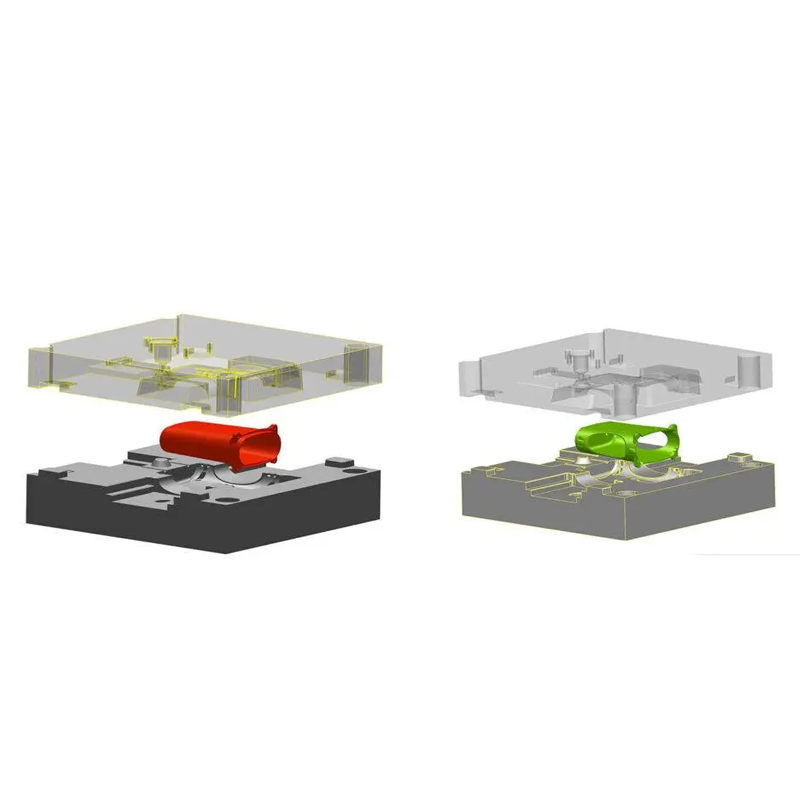
Contact LSRmold today to start your next insert molding project. Let us provide the engineering expertise and manufacturing support you need to achieve high-quality, cost-effective results. Reach out to discuss your project and learn how we can help make your product a success!
